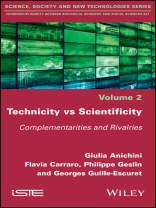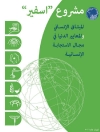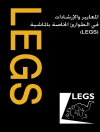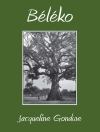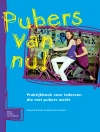The relationship between technicity and scientificity is often overlooked or avoided despite being a determining factor for establishing interdisciplinarity. By focusing on this relationship and highlighting a number of its ramifications, this book sheds light on the hidden or skewed stakes that condition a wide array of scientific projects.
The authors present different approaches based on their own professional experience, focusing on the technique-science relationship in domains as diverse as brain mapping, the decipherment of Mycenaean writing and the design process. Each chapter presents varying and often opposing epistemological conclusions to provide the reader with a wide breadth of examples in different fields.
Although the scope of this book is far from exhaustive, it serves as a starting point for the necessary and long-overdue clarification of the relationship between these neighboring, yet disjointed, sectors.
Table des matières
1. The Artisan, the Sage and the Irony: An Outline of Knowledge Sociogenesis.
2. Technicization of the Neurosciences: Uses of Image-Processing Software in Brain Research.
3. Cryptography, a Human Science? Models, Matrices, Tools and Frames of Reference.
4. The Beauty of Equation: The Anthropologist and the Engineer in Design Processes.
A propos de l’auteur
Giulia Anichini, Centre interuniversitaire de recherche sur la science et la technologie (CIRST), Canada
Flavia Carraro, Research Institute for the History of Technology and Science, Germany
Philippe Geslin, Neuchâtel University of Applied Sciences, Switzerland
Georges Guille-Escuret, French National Center for Scientific Research (CNRS), France
